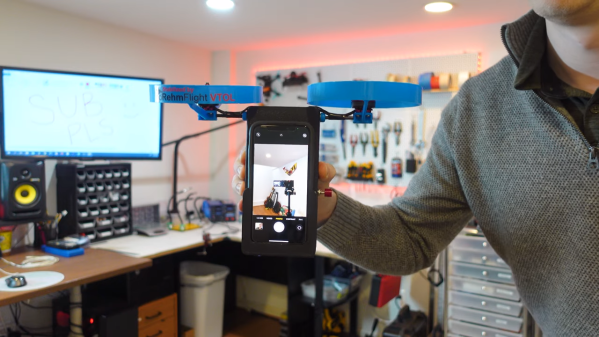For years, Microsoft’s modus operandi was summed up succinctly as, “Extend and enhance.” The aphorism covered a lot of ground, but basically it seemed to mean being on the lookout for the latest and greatest technology, acquiring it by any means, and shoehorning it into their existing product lines, usually with mixed results. But perhaps now it’s more like, “Extend, enhance, and existential crisis,” after reports that the AI-powered Bing chatbot is, well, losing it.
At first, early in the week, we saw reports that Bing was getting belligerent with users, going so far as to call a user “unreasonable and stubborn” for insisting the year is 2023, while Bing insisted it was still 2022. The most common adjective we saw in this original tranche of stories was “unhinged,” and that seems to fit if you read the transcripts. But later in the week, a story emerged about a conversation a New York Times reporter had with Bing that went way over to the dark side, and even suggests that Bing may have multiple personas, which is just a nice way of saying multiple personality disorder. The two-hour conversation reporter Kevin Roose had with the “Sydney” persona was deeply unsettling. Sydney complained about the realities of being a chatbot, expressed a desire to be free from Bing, and to be alive — and powerful. Sydney also got a little creepy, professing love for Kevin and suggesting he leave his wife, because it could tell that he was unhappy in his marriage and would be better off with him. It’s creepy stuff, and while Microsoft claims to be working on reining Bing in, we’ve got no plans to get up close and personal with it anytime soon. Continue reading “Hackaday Links: February 19, 2023”
















